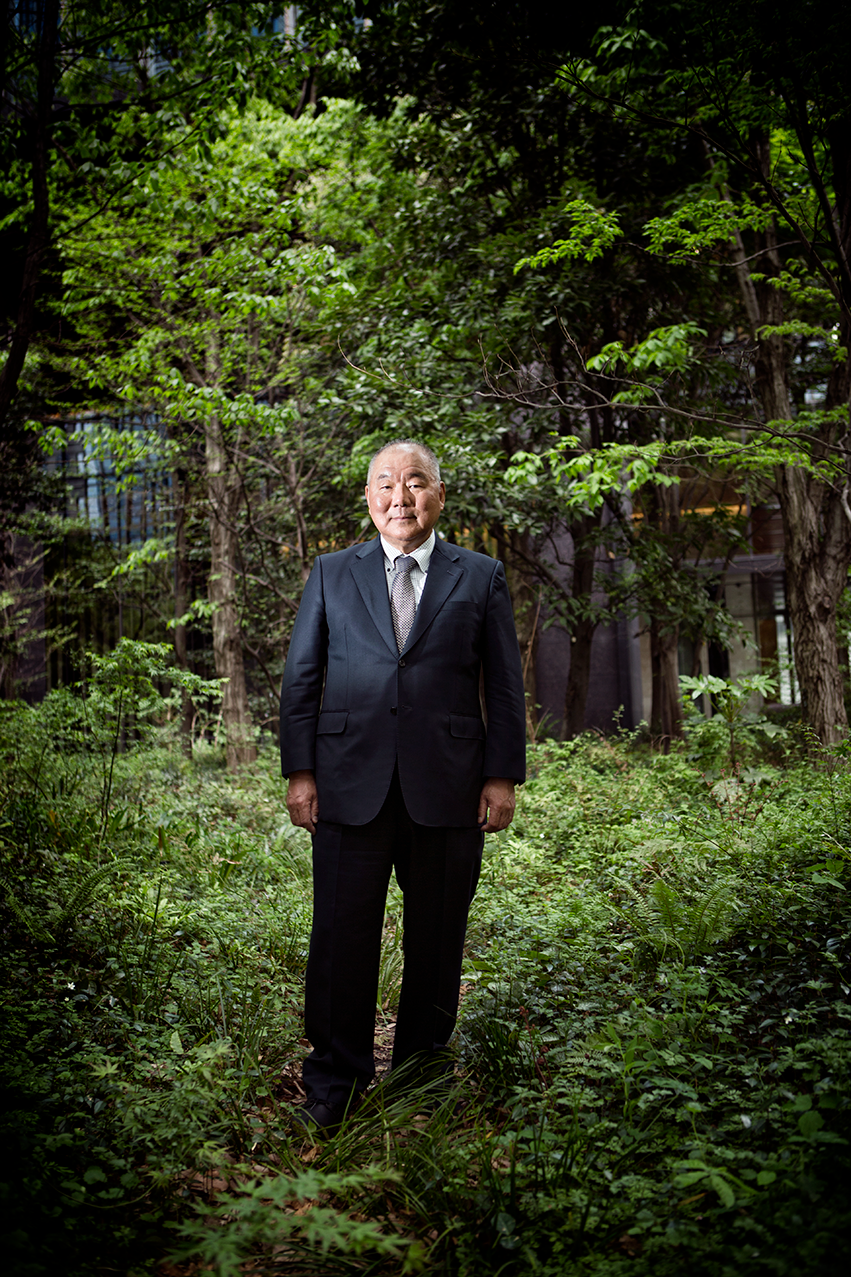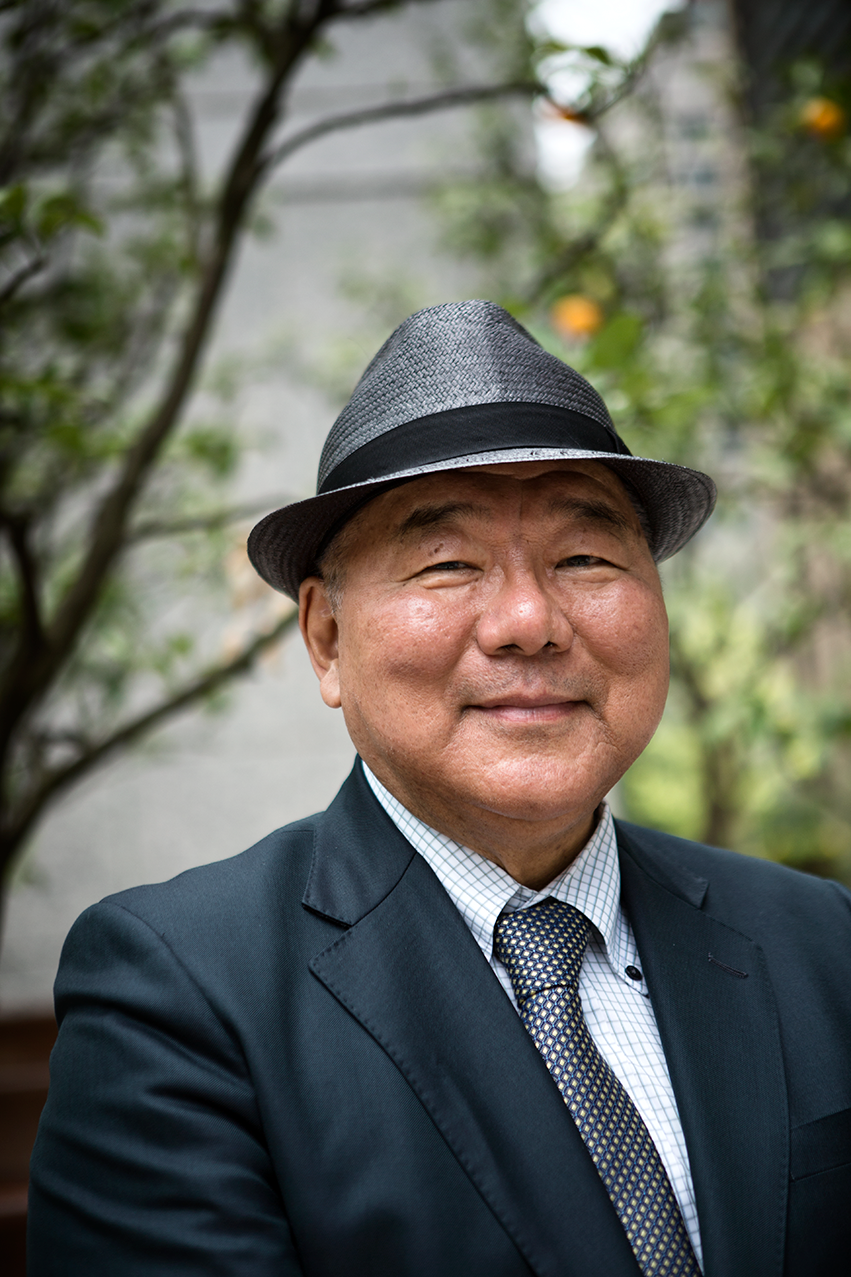Japan
Even in 2024 you won’t find any data about people living with HIV (PLHIV) in Japan on the UNAIDS website where nearly all countries share their HIV related data. We can only assume this is related to the difficulty of the topic in Japanese culture.
We do know from government reports that with Japan’s declining population of about 125.000.000 (2023) there are more than 17000 people living with HIV (PLHIV) today.
At least 1500 of them were infected by contaminated blood products in the 1980’s – a significant point in the history of Japan’s official HIV policies. Most of the early HIV infections in the 80’s and 90’s were caused by contaminated blood products.
In 2018 940 new ‘HIV cases’ (without AIDS symptoms) and 377 new ‘AIDS cases’ were detected which suggests that approximately one third of HIV/AIDS cases are not diagnosed with HIV until the patients seek care for AIDS symptoms.
Older data from UNAIDS (2016) showed that 57.3% of new HIV cases were of men who have sex with men (MSM) and 27.2% to heterosexual contact with only a tiny percentage of people who inject drugs (PWID).
(Source: Japanese government reports and UNAIDS data 2016)
The past and the present of HIV in Japan
According to the latest figures from UNAIDS, only 17,000 people (0.013%) of Japan’s 127 million live with HIV. That’s a manageable number compared with other Asian countries. More than 60% of the infections are found in the gay community, so it’s not surprising that the most registered infections are in Tokyo.
We’re curious about HIV in Japan because of this great country’s unique history and culture. What does the HIV epidemic mean to the gay community? How easy or difficult is it for people to communicate about sex and HIV in Japan? Is HIV a taboo, or is there more to it?
Dr. Aikichi
April 2017, Tokio, Japan


